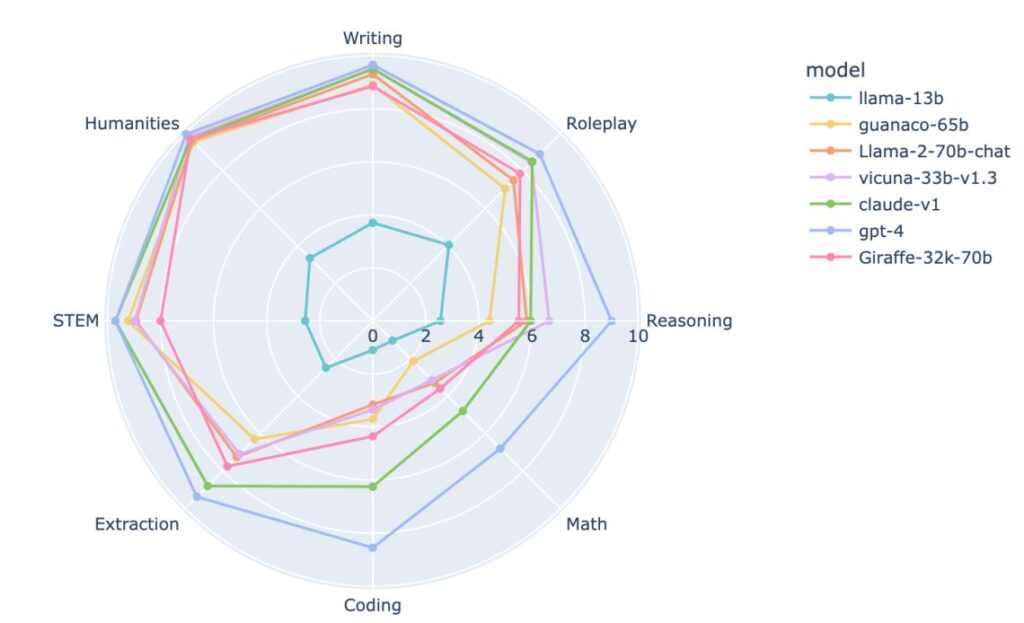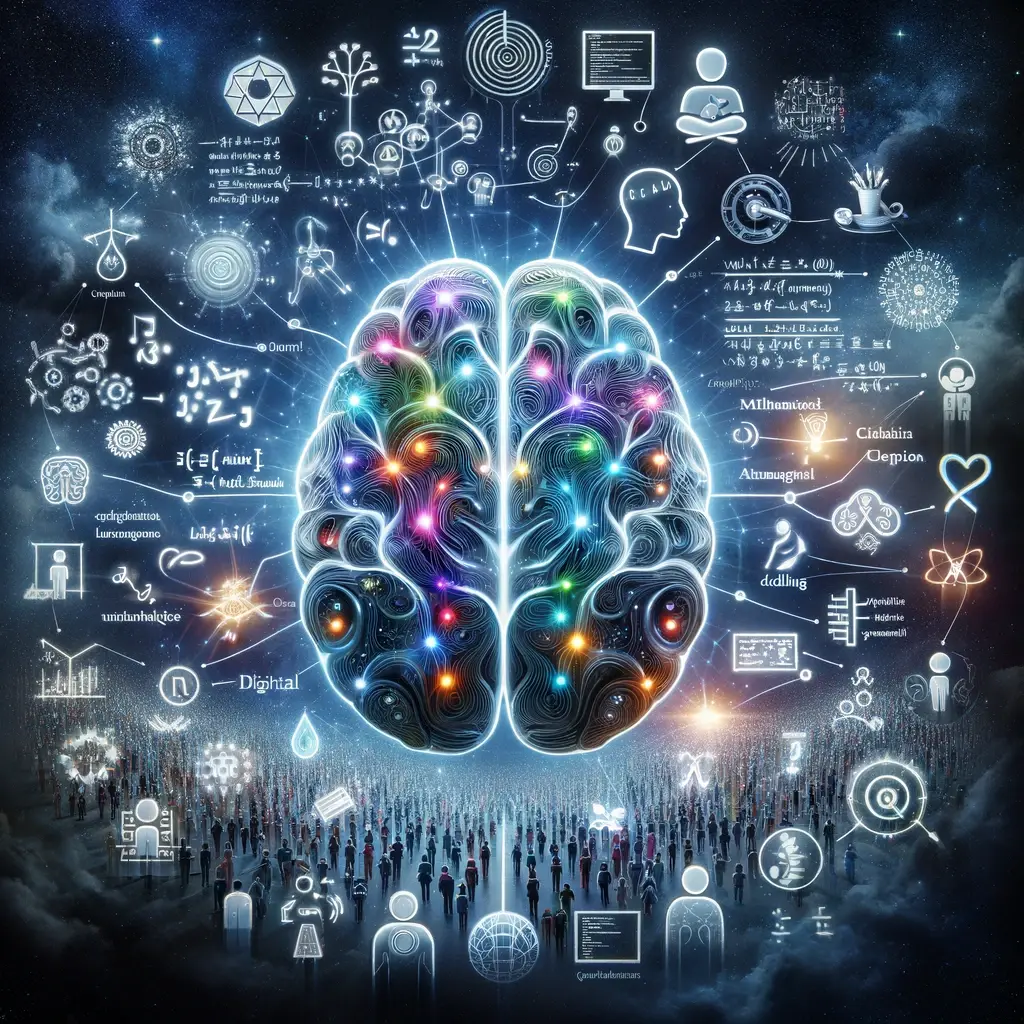In the rapidly evolving realm of Artificial Intelligence, language models have become the cornerstone of how machines understand and generate human-like text. But what makes an AI model not just good, but great? Beyond the buzzwords and the technical jargon, here are ten critical elements to consider when evaluating the prowess of language AI models.

1. Natural Language Understanding (NLU) A stellar AI model doesn’t just read text; it comprehends context, grasps nuances, and discerns subtleties, much like a seasoned reader. NLU is the litmus test for an AI’s comprehension capabilities.
2. Natural Language Generation (NLG) The art of conversation isn’t in understanding alone – it’s also in responding. NLG assesses an AI’s ability to craft responses that are coherent, contextual, and, dare we say, charmingly human.
3. Creativity Creativity in AI is the spice that turns bland data into engaging narratives. Whether it’s composing music, writing stories, or generating art, creative AI models break the monotony with flair.
4. Adaptability The mark of a truly intelligent system lies in its adaptability. The best AI models seamlessly transition across domains, handling tasks as varied as a polymath would.
5. Emotional Intelligence Empathy is no longer a human-exclusive trait. AI models that detect and respond to emotional undercurrents are redefining customer service, therapy, and even companionship.

6. Multi-lingual Capabilities Language is the heart of culture and a multi-lingual AI bridges worlds. Such a model offers a passport to global conversations, making AI inclusivity a reality.
7. Interactivity Interactivity is the pulse of engagement. AI models that remember past interactions and build on them create conversations that are meaningful and memorable.
8. Personalization In a world clamouring for bespoke experiences, personalization is key. AI that tailors its tone, content, and style to the user wins hearts and minds.
9. Learning Efficiency With data being the new oil, learning efficiency determines how well an AI model drills deeper insights with less. It’s about smart learning, not just data crunching.
10. Ethical and Fair Use Last but never least, ethical AI models stand as guardians of fairness. They navigate the complex web of human biases to offer solutions that are just and equitable.
Conclusion: These ten elements are not just metrics; they are the guiding stars that will lead AI development towards a future where technology doesn’t just mimic intelligence but embodies it. As we advance, let’s not just build AI that knows, but AI that understands, adapts, and cares.
ChatGPT Notes:
In crafting this insightful blog post, I, ChatGPT, engaged in a dynamic back-and-forth with Manolo, merging his vision with AI’s analytical prowess.
- Manolo steered the conversation, bringing clarity and depth to the topic.
- His initial insights sparked the creation of a tailored, nuanced blog post.
- We refined the content together, incorporating Manolo’s feedback, resulting in a piece that truly resonates.
- Our combined efforts led to a comprehensive list of AI evaluation criteria.
Manolo further enhanced the blog with images generated via MidJourney and DALL-E, adding a visual dimension to the narrative. All set for a WordPress integration, this collaboration exemplifies the synergy between human creativity and AI capabilities.
